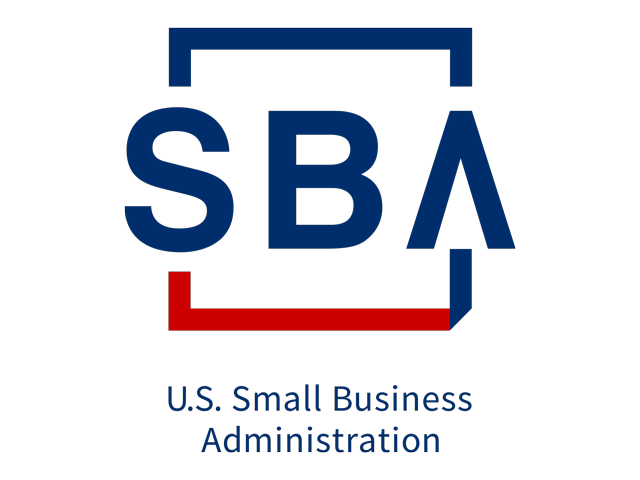PPP Partnership Complications
SBA Denies Farm Partnerships Same Calculation as Sole Proprietorships for PPP Loans
OMAHA (DTN) -- Despite calls from Congress to help make more farmers and ranchers eligible for the Small Business Administration's Paycheck Protection Program (PPP) loans, the SBA has declared farmers in partnerships do not get the benefit of using gross income when applying for a PPP loan.
The SBA issued a 15-page guidance late last week on how businesses can calculate maximum loan amounts. The guidance comes out with the deadline to apply for the latest PPP loans approach on March 31.
Congress is pushing for an extension to the deadline application because there is still $110 billion available for businesses to use under PPP. The American Rescue Plan that passed Congress last week also added $7.5 billion to the Paycheck Protection Program. Late Tuesday, the House voted 415-3 on a bill specifically to extend PPP loan applications until the end of May.
In dealing with partnerships, farm groups, accountants and members of Congress have asked SBA over the past two months to clarify whether a farm or ranch in an limited liability corporation (LLC), qualified joint venture or a partnership can use gross income to determine the loan amount.
But in the latest guidance on the loans by SBA, the agency stuck with its position that only self-employed farmers and ranchers who file a 1040 Schedule F with their tax returns can use gross income to determine the loan amount. A farmer or rancher who is a single member of an LLC or a qualified joint venture, as defined by the IRS, and files a Schedule F can use gross income to determine their loan amount.
The IRS added that only one spouse in a qualified joint venture may submit a PPP loan application on behalf of that joint venture.
SBA provided a more detailed answer in how partnerships apply for PPP loans and determine their maximum loan amount. That breaks down to starting with payroll costs, adding net earnings from self-employment on the 2019 Schedule K and computing net earnings from the individual but effectively capping it at $100,000 per partner. The partnership calculation includes multiple other steps, as well, including average monthly payroll costs.
P[L1] D[0x0] M[300x250] OOP[F] ADUNIT[] T[]
Senators had written Treasury Secretary Janet Yellen for a more lenient interpretation on how farmers in partnerships could use gross income to apply for the loans. Since PPP loans were launched a year ago, businesses in agriculture, fishery and forestry only account for about 1.6% of the program's national loan volume.
Last month, SBA had announced changes for sole proprietors such as farmers, which included a change in the loan formula that boosted the funding eligibility for those businesses. Businesses, including those in agriculture, can apply for PPP loans if they have 500 or fewer employees. The first draw of a PPP loan can go as high as $10 million, though the overall average loan size is $68,000. https://www.dtnpf.com/…
As DTN has reported, changes in the loan program passed by Congress last December also boosted the opportunity for farmers to apply for the program. PPP loans are forgivable as long as 60% or more of the proceeds are spent on approved expenses, which includes self-employment compensation for sole proprietorships and single-owner limited liability corporations (LLCs) that file income taxes based on a Schedule F.
DISASTER LOAN DEFERMENTS EXTENDED
Separately, the SBA on Tuesday announced it would extend deferments on all its disaster loans, including the Economic Injury Disaster Loans (EIDL). SBA announced the deferment on the EIDL program, which would extend any current deferments until March 31, 2022, for repayment.
Under the move, any EIDL disaster loans for COVID-19 issued in calendar year 2020 will see the extension for the first payment moved to 24 months from the date of the note. Any EIDL disaster loans made in 2021 will see the first payment extended out to 18 months from the date of the note instead of 12 months.
EIDL is capped at $150,000 per loan. Loans under the EIDL offer 30-year loans at 3.75% for businesses to help cover working capital or normal operating costs. Loans in the EIDL also are open for agricultural businesses with 500 or fewer employees.
So far, SBA stated the agency has provided EIDL assistance to 3.7 million small businesses during the pandemic and more than $200 billion in funding.
The American Rescue Plan also provided another $15 billion for the EIDL loan-advance grants up to $10,000 for businesses, ($1,000 per employee, up to 10 employees). The bill included $5 billion in advance payments for communities considered among the hardest hit by the pandemic.
SBA Guidance for businesses to calculate maximum loan amounts:
Chris Clayton can be reached at Chris.Clayton@dtn.com
Follow him on Twitter @ChrisClaytonDTN
(c) Copyright 2021 DTN, LLC. All rights reserved.




